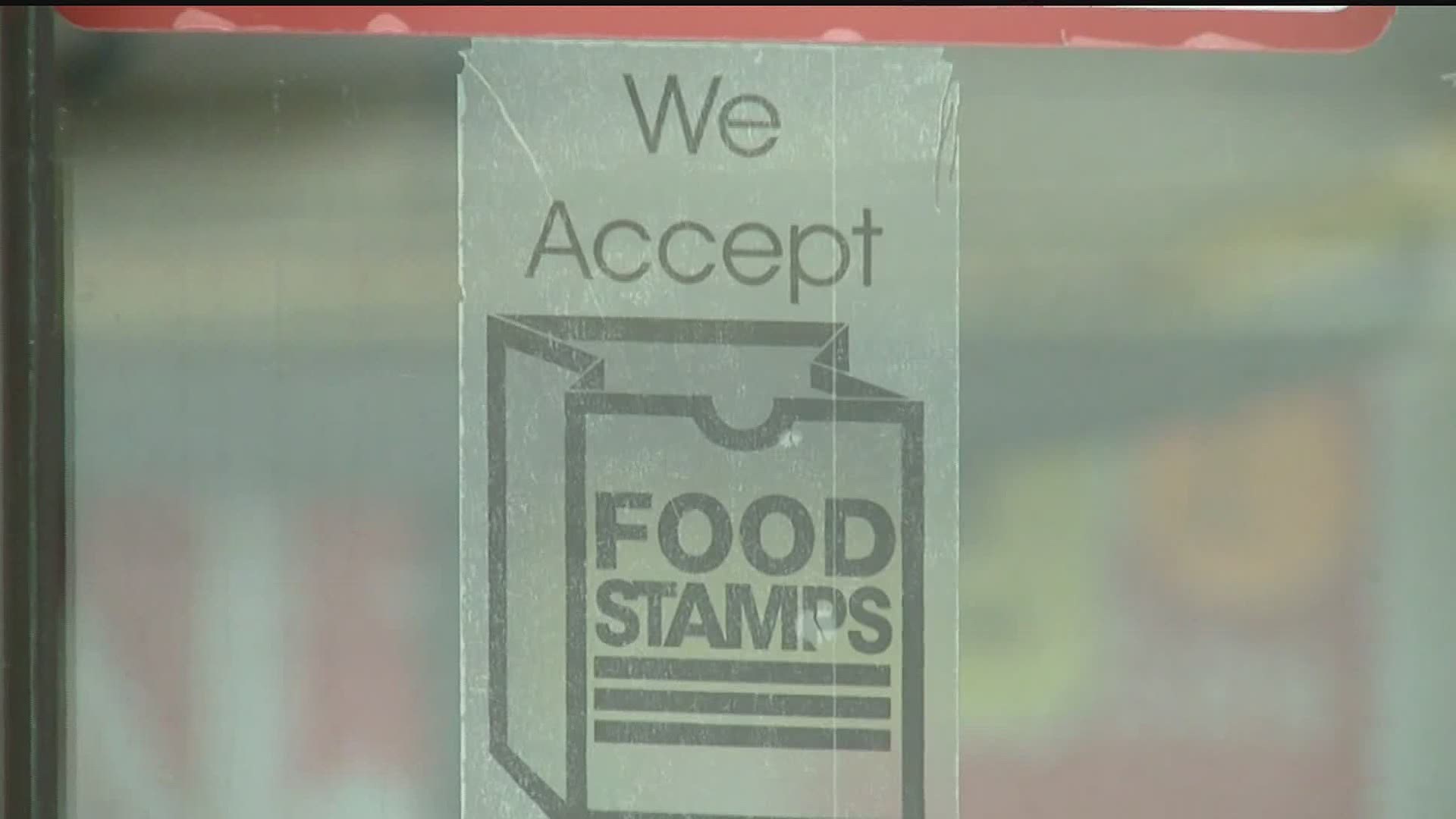The Wolf Administration received approval from the Food and Nutrition Service of the U.S. Department of Agriculture (USDA) for a plan to provide Supplemental Nutrition Assistance Program (SNAP) benefits to students who are eligible to receive free or reduced-price meals at school through the National School Lunch Program. This program, known as Pandemic Electronic Benefit Transfer (P-EBT), will be temporary and is designed to bridge the gap left by schools closing and help families who may have strained resources due to the COVID-19 pandemic.
“Schools may be closed for the rest of the school year because of COVID-19, but students still need to eat breakfast and lunch. The Wolf Administration is committed to doing everything in its power to make sure that families have the resources they need during this public health crisis, and I am very grateful that the USDA will allow us to offer this support to families” said DHS Secretary Teresa Miller. “Going without essential needs like food to get by now can jeopardize children’s health and development in both the short and long-term, and P-EBT will help families make up for the loss of in-school meals and avoid these potential long-term outcomes.”
The approved P-EBT plan will allow for DHS to provide SNAP funds to households with children who have lost access to free or reduced-price school meals through the National School Lunch Program due to pandemic-related school closures. P-EBT benefits will be issued through EBT cards issued to qualifying families. A family’s benefit will be determined based off the federal reimbursement rate for the daily rate of free school breakfasts and lunches, or approximately $5.70 per child. This benefit will be calculated for the remainder of the school year, leading to an approximate benefit of $370.50 per child if they were receiving free or reduced-price school meals when school closures began. Now that the program is approved, benefits will begin to be issued to qualifying families within approximately 15 business days.
“As families adapt to the commonwealth’s school closures and students adjust to learning at home, parents and guardians shouldn’t have to be concerned about accessing nutritious meals for their children,” Education Secretary Pedro A. Rivera said. “The Department of Education is proud to be able to partner with DHS to ensure that our students continue to be served during the pandemic-related closures.”
This state plan request was developed in partnership with the Pennsylvania Department of Education (PDE), who administers the National School Lunch Program in Pennsylvania. DHS has determined that approximately 680,000 students who receive free or reduced-price breakfast and lunch throughout the school year are eligible for P-EBT based on current participation in SNAP or Medicaid. Additionally, students who otherwise qualify for free or reduced-price school lunches will qualify for P-EBT if approved. All told, P-EBT will allow DHS to provide funds to cover the cost of breakfast and lunch for approximately 958,000 Pennsylvania school-aged children.
If a family’s economic situation has changed since school closures began, they can still apply for the National School Lunch Program and, if determined eligible, receive P-EBT benefits. Families can apply online at www.compass.state.pa.us.
Help is available for individuals and families who are having trouble accessing food during the public health crisis and the recovery period to follow. DHS is continuing to process applications for SNAP and encourages people and families who need assistance to apply online at www.compass.state.pa.us. All SNAP applications are screened for emergency need, which can accelerate processing time. Any Pennsylvanian who is in a difficult financial situation due to the economic challenges of this pandemic should apply to see if they are eligible for assistance.
Pennsylvanians who need help feeding themselves or their family can also find and contact their local food bank or pantry through Feeding Pennsylvania and Hunger-Free Pennsylvania to access food resources in their community.
Visit pa.gov for a “Responding to COVID-19” guide or the Pennsylvania Department of Health’s dedicated Coronavirus webpage for the most up-to-date information regarding COVID-19.
Guidance to DHS providers related to COVID-19 is available here.
SOURCE: DHS

